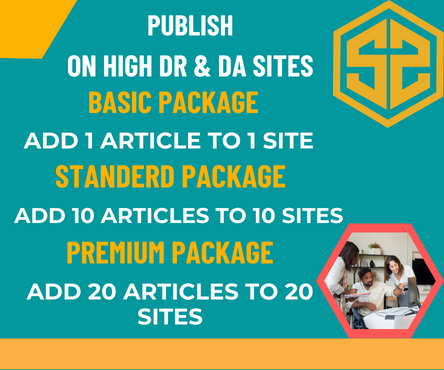In today’s digital age, the need to translate scanned documents has become increasingly important. With globalization bridging the gap between cultures and languages, the ability to understand and communicate complex ideas across linguistic boundaries is crucial. Scanned documents, often containing vital information, pose a unique challenge when it comes to translation. This article aims to explore the why and how of translating scanned documents, shedding light on the processes and technologies involved. Click here translate scanned document in canada
The Challenge of Scanned Documents
Scanned documents are essentially images of text, which cannot be directly edited or translated using conventional machine translation software. This is because translation software typically requires editable text to process and translate accurately. When dealing with scanned documents, the first step is to convert the image into editable text, a process known as Optical Character Recognition (OCR).
Optical Character Recognition (OCR): The First Step
OCR technology recognizes characters in an image and converts them into editable text. The accuracy of OCR depends on several factors, including the quality of the scan, the font used in the document, and the language of the document. Once the OCR process is complete, the resulting text can be translated using machine translation software.
Why Translate Scanned Documents?
There are several reasons why translating scanned documents is essential:
- Global Communication: With businesses operating globally, the need to communicate with clients, partners, and stakeholders in their native language has become vital. Translating scanned documents such as contracts, invoices, and receipts facilitates effective communication and builds trust.
- Knowledge Sharing: Scanned documents often contain valuable information that needs to be shared across linguistic and cultural boundaries. Translating these documents enables the sharing of knowledge, ideas, and best practices.
- Compliance: In many industries, scanned documents such as medical records and financial statements need to be translated for regulatory compliance.
The Translation Process
Translating scanned documents involves several steps:
- Pre-processing: The scanned document is pre-processed to enhance the quality of the image, improving the accuracy of the OCR process.
- OCR: The pre-processed image is then passed through OCR software to convert it into editable text.
- Translation: The resulting text is translated using machine translation software.
- Post-editing: The translated text is reviewed and edited to ensure accuracy and fluency.
professional document translation online
Technologies Involved
Several technologies are involved in translating scanned documents, including:
- OCR Software: Examples include Tesseract, ABBYY FineReader, and Adobe Acrobat.
- Machine Translation Software: Examples include Google Translate, Microsoft Translator, and SDL Trados.
- Image Processing Software: Examples include Adobe Photoshop and ImageMagick.
Best Practices
To achieve accurate translations, several best practices should be followed:
- High-quality Scans: Ensure that the scans are of high quality, with clear text and minimal noise.
- Font Selection: Choose fonts that are easy to read and recognize.
- Proofreading: Carefully proofread the translated text to ensure accuracy and fluency.
Conclusion
Translating scanned documents is a complex process that requires a combination of technologies and expertise. With the increasing need for global communication and knowledge sharing, the demand for accurate translations of scanned documents will continue to grow. By understanding the challenges and technologies involved, individuals and organizations can unlock the secrets of scanned documents, facilitating effective communication across linguistic and cultural boundaries. Whether for business, compliance, or knowledge sharing, translating scanned documents has become an essential tool in today’s interconnected world.

